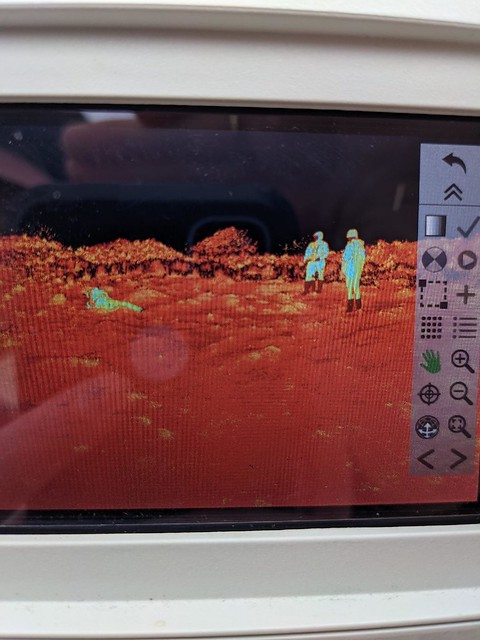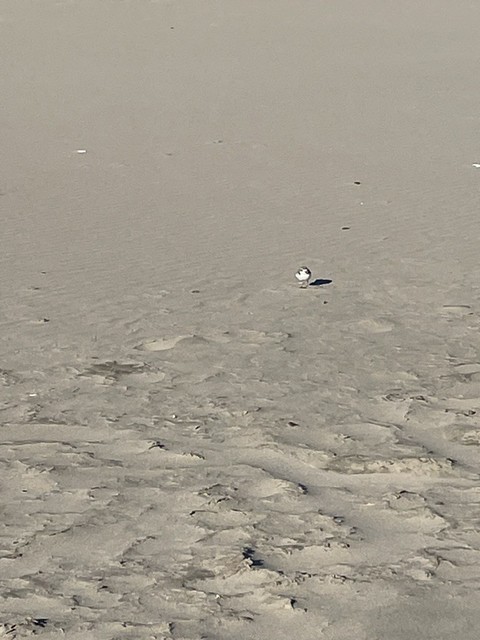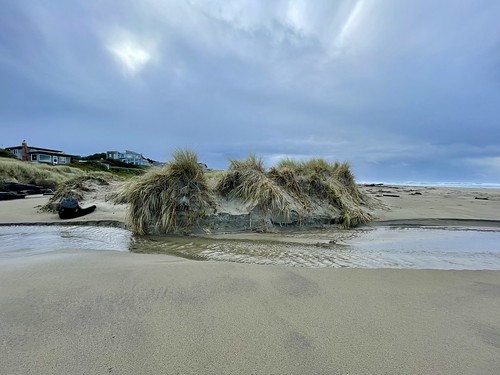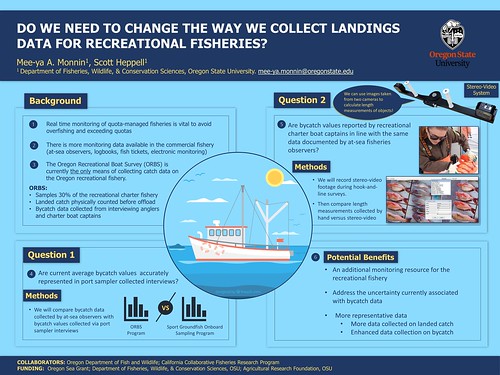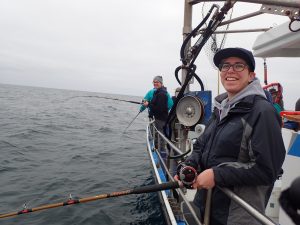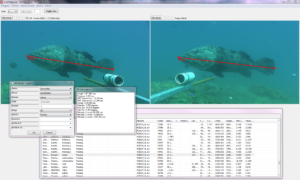
Hello! My name is Josh Blockstein and I’m one of the 2023-2024 Oregon Sea Grant Malouf Fellows. I’m currently entering the 2nd year of my PhD program at Oregon State University in Environmental Sciences although this will be the start of my 4th year at OSU as I completed my Master’s in Marine Resource Management in June of 2023. Generally, my work focuses on understanding the community and individual side of disaster preparedness and community resilience, aiming to use mixed-methods approaches that better incorporate the needs and values of community members into policy and decision-making processes. If you are interested enough to keep reading, I’ll give some more background on my research and share some of what I learned during my Master’s. In a future post, I’ll talk about what I’ve been up to this summer and share some of my future plans and bigger questions I’ve been thinking about.
I work as part of the Cascadia COPES Hub, an interdisciplinary team of researchers in the PNW working with coastal communities to better prepare for the impacts of natural hazards.
We are entering the 4th year of 5 years that this project is funded through NSF – this project has been the cornerstone of my experience at OSU. I originally had a different project in mind, the plan was to go to Honduras and speak with community members to understand how public input was incorporated into the developed of a new MPA (Marine Protected Area). So similar themes to what I am doing now, but when it was announced that OSU had been selected as the host university for this COPES award my advisor suggested I check it out and reach out about any opportunities. That is how I became connected with my wonderful PhD advisor Dr. Jenna Tilt, one of the Co-PIs for Team 3 focused on Community Adaptive Capacity. She was interested in following up on previous research she and another student, Katie Stanton, had done with Latine community members that identified the values associated with community assets (i.e. churches, recreation centers, hospitals) and suggested that there was an opportunity to continue this project to meet the needs of community members. With my Spanish-speaking ability and interest in community-engaged research, this was a natural fit and I’m so grateful I followed this fork in the road.
Fast forward almost 2 years from that point and I completed my Master’s Thesis where I focused on the types of social relationships and support networks associated with community assets to further identify how and why particular places where most important to Latine community members. For example, community-based organizations served a key role where trusted leaders working at these organizations helped connect community members with other resources they needed. This was true both for meeting day-to-day needs, like navigating immigration processes or finding employment, or during disasters, like during COVID or wildfires that impacted the area when these leaders helped share emergency information and connect the sick or injured with necessary medical care. The importance of these organizations and their leaders suggests the need to better incorporate them into emergency response procedures – because they are often communicating directly with community members and using informal channels like Whatsapp these are not often pre-planned, and that there should be more resources and support given to these community assets – for communities with specific needs due to language barriers, limited financial resources, etc. these assets are essential to their well-being. Other valued assets included churches and schools. Understanding resilience as the ability to adapt and recover from impacts a community faces, strengthening and supporting these vital links is critical! For more details, please feel free to view my Master’s thesis publication.

I learned so much from the process of completing my Master’s and I’ll just share a few takeaways. From not really understanding what a social scientist or geographer was, I can now describe myself as an aspiring critical community geographer. What this means to me is that I am interested in understanding how communities are put together, who the different groups of people are, the shared history and values that have made things the way they are today, and the vulnerabilities and opportunities for change in the future, both positive and negative. To get here didn’t necessarily require any specialized skill to start – my undergrad was in Biology. Instead, you need a willingness to learn and be humble, the self-confidence to put yourself out in front of community members and make mistakes along with the empathy required to conduct yourself respectfully. Being open to new ideas and methods is key because when starting with the community as your focus, you will need to be creative about the approaches you use to connect with participants and gather data that is most useful.
For example, this photo shows me leading participants through a conceptual mapping activity we developed to understand what places and relationships are important for sharing support and resources in the local community.
Patience is really important because things can take a lot of time – the early phases of my research involved a lot of open-ended conversations to understand different ways of conducting social science research as well as driving out to the coast to attend various community events. At these events I was mainly there to participate and observe (formally called ‘Participant Observation’) meaning I was usually not directly asking research questions but instead learning about the community and the potential relevance of my research to the lived experiences of community members. Sometimes it was not clear what I got out of it and if the 2+ hour round trip drive was worth it, but the familiarity I built and relationships I established ended up being crucial for the formal research I conducted via focus groups and even helped me get hired to help with a totally different project on ocean conservation values working with another Sea Grant Fellow, Megan Davis (more on that another time).
I’ll wrap it up by saying that we can, and should, all aspire to embody the qualities of social scientists by listening more than we speak, thinking critically about what we hear, and systematically using what we learn to help improve the lives of those most in need. Keep a lookout for another upcoming post from me and feel free to reach out anytime.
Josh
blockstj@oregonstate.edu



